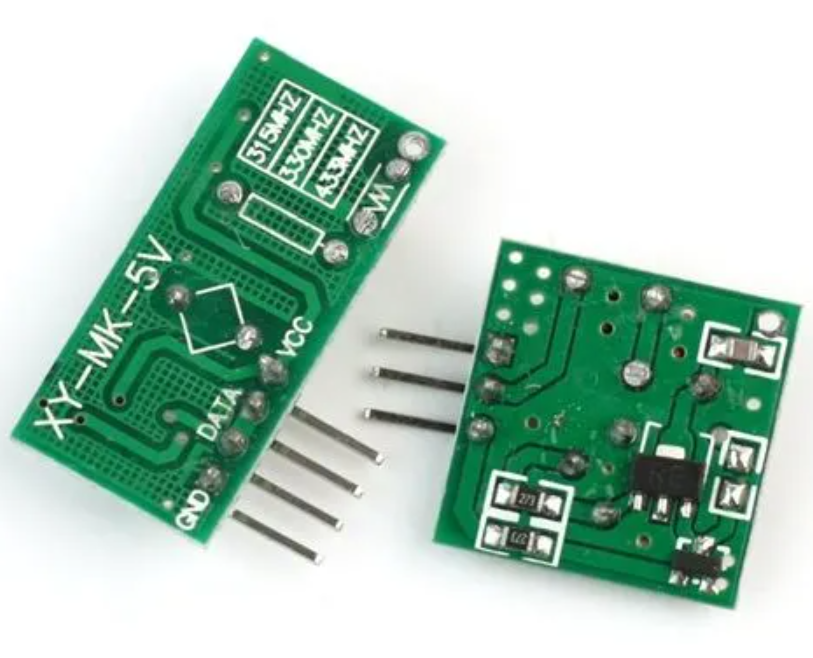The Pivotal Role and Operating Principle
RF power amplifiers, vital cogs in the machinery of modern communication technology, are tasked with a critical mission: to fortify weak RF signals, transforming them into robust output signals tailored to diverse communication demands. This equipment finds its use in pivotal domains such as wireless communications, radar, satellite communications, and radio and television. At its core, the working principle revolves around leveraging transistors, field-effect tubes, or other semiconductor devices to escalate the power of an incoming electrical signal. Despite the variety in types, a common denominator among these amplifiers is their reliance on a potent power supply to function effectively.
Deciphering Performance Indicators
Evaluating an RF power amplifier hinges on several performance metrics: power gain, bandwidth, linearity, noise figure, and stability. Power gain, a critical measure, assesses the ratio of output to input power. Bandwidth specifies the frequency spectrum over which the amplifier operates efficiently. Linearity gauges how well the output mirrors the input signal. The noise figure indicates the level of noise infused during amplification, while stability refers to the consistency of the amplifier's output power and performance metrics.
Designing RF Power Amplifiers: A Balancing Act
Designing an RF power amplifier is a complex endeavor, balancing frequency, power, bandwidth, efficiency, linearity, and stability. It involves meticulous selection of semiconductor devices, power circuits, and matching networks. Circuit simulation and experimental validation are crucial steps, ensuring design precision. A paramount goal during this process is to anchor the amplifier's stability and minimize the noise figure, directly impacting the quality and reliability of the output signal.

The Expansive Application Spectrum
RF power amplifiers boast a vast array of applications. In wireless communication systems, they are instrumental in amplifying transmitted signal strength, thus elevating the quality of the received signal and extending transmission range. In radar systems, they bolster radar signals, enhancing target detection capabilities. For satellite communications, these amplifiers play a key role in intensifying transmitter signals for long-distance transmission. Furthermore, in medical technology, such as in ultrasound and MRI machines, RF power amplifiers are indispensable components.
Conclusion and Future Prospects
As a cornerstone electronic device, the RF power amplifier stands at the forefront of communication technology. With ongoing technological evolution and innovation, these amplifiers are poised for further advancements in performance, expanding their application horizons. Particularly in burgeoning communication technologies like 5G and the Internet of Things, the significance of RF power amplifiers will magnify, establishing them as the central driving forces propelling communication technology forward.
